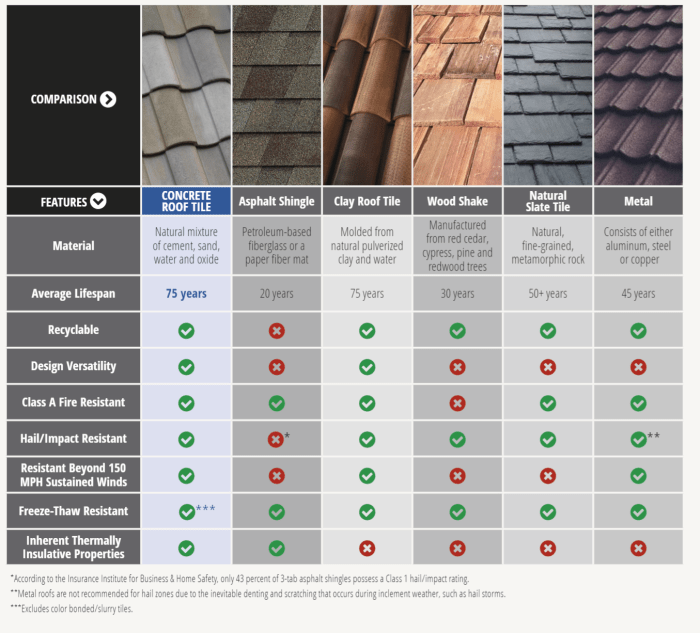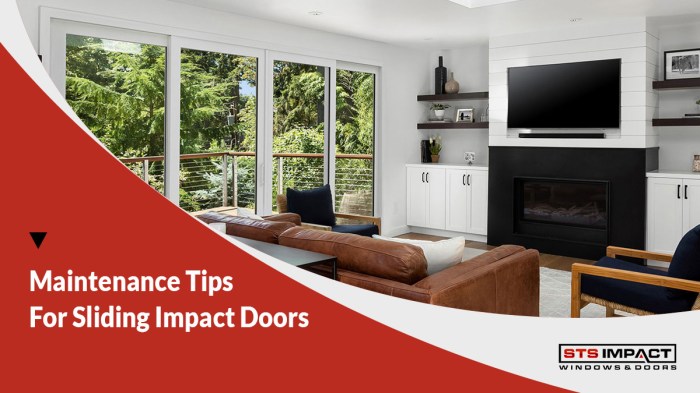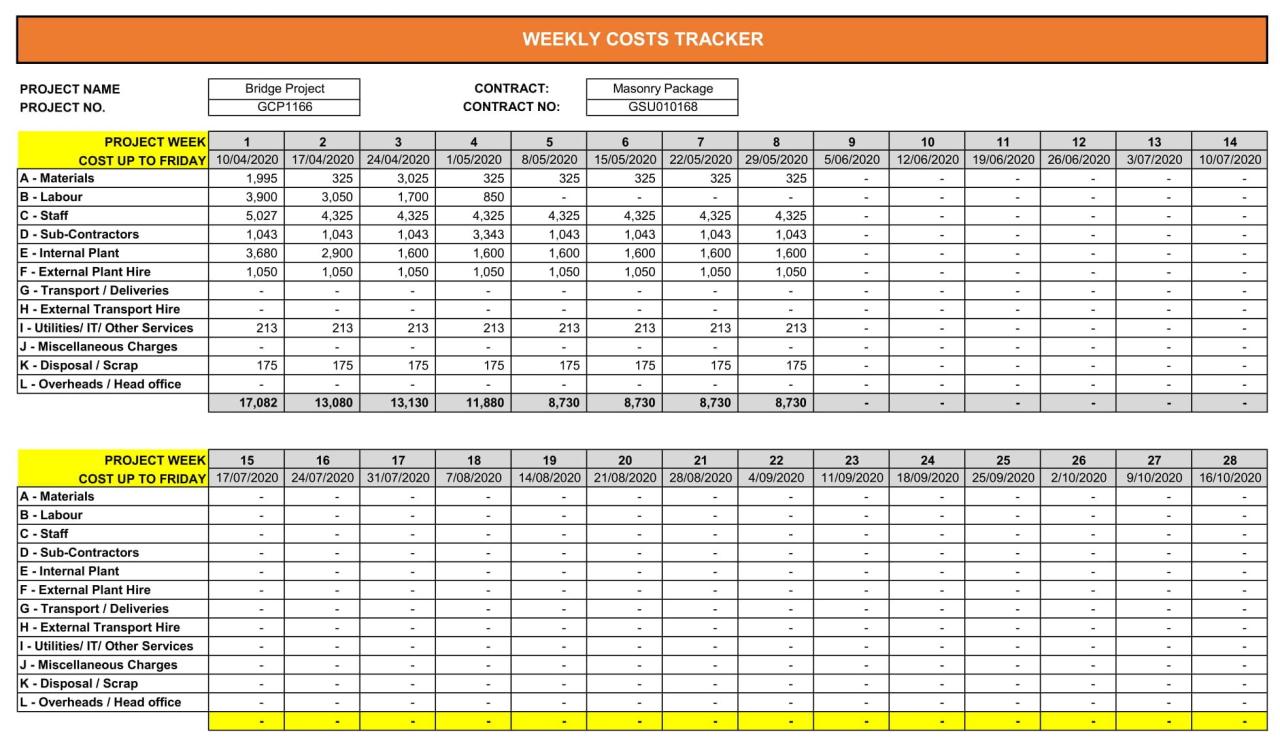Fine Homebuildings Top Roofing Materials Comparison: A Comprehensive Guide
Exploring Fine Homebuilding’s Top Roofing Materials Comparison, this introduction sets the stage for a deep dive into the world of roofing materials. With a blend of informative content and engaging writing, readers are drawn into a captivating narrative that promises valuable insights.
In the following paragraphs, we will delve into the characteristics, comparisons, and considerations of various roofing materials to help you make informed decisions for your next project.
Overview of Fine Homebuilding’s Top Roofing Materials Comparison
Fine Homebuilding conducted a comprehensive comparison of the top roofing materials available in the market to assist homeowners and builders in making informed decisions when selecting the most suitable material for their roofing projects.
Purpose of the Comparison
The purpose of this comparison is to provide an in-depth analysis of the key roofing materials, highlighting their strengths, weaknesses, durability, cost-effectiveness, and overall performance. By evaluating these factors, readers can gain valuable insights into which roofing material aligns best with their specific needs and project requirements.
Key Factors Considered
- Durability: Assessing the longevity and resilience of each roofing material in various weather conditions.
- Cost-effectiveness: Analyzing the initial cost, maintenance expenses, and overall value over the lifespan of the roof.
- Aesthetics: Examining the visual appeal and design options available for each roofing material.
- Installation complexity: Evaluating the ease of installation and suitability for DIY projects or professional installation.
- Environmental impact: Considering the sustainability, recyclability, and energy efficiency of the roofing materials.
Importance of Selecting the Right Roofing Material
Choosing the right roofing material is crucial not only for enhancing the curb appeal of a home but also for ensuring long-term protection against the elements. The selected material should complement the architectural style, climate conditions, and budget of the project while offering durability, energy efficiency, and minimal maintenance requirements.
Making an informed decision based on the evaluation of key factors can result in a successful roofing project that meets both aesthetic and functional requirements.
Asphalt Shingles
Asphalt shingles are a popular roofing material known for their affordability, versatility, and ease of installation. They are made of a combination of asphalt and fiberglass or organic materials, which are then coated with granules for added protection.
Types of Asphalt Shingles
- 3-Tab Shingles:These are the most basic and affordable type of asphalt shingles. They are lightweight and have a flat appearance.
- Architectural Shingles:Also known as dimensional or laminate shingles, these have a more layered and textured look, mimicking the appearance of slate or wood shakes.
- Designer Shingles:These high-end shingles come in various shapes and styles, offering a more customized and aesthetically pleasing look for your roof.
Comparison Based on Durability, Cost, and Aesthetics
- Durability:Architectural and designer shingles tend to be more durable than 3-tab shingles due to their thicker construction and better resistance to wind and impact.
- Cost:3-tab shingles are the most cost-effective option, while architectural and designer shingles come at a higher price point due to their enhanced durability and aesthetics.
- Aesthetics:Architectural and designer shingles offer a more visually appealing look with their textured appearance, mimicking the look of more expensive roofing materials like slate or wood.
Installation Process
The installation process of asphalt shingles typically involves laying down a waterproof underlayment, followed by the placement of the shingles in overlapping rows. Nails are used to secure the shingles in place, and flashing is added to prevent water leakage at vulnerable areas such as roof edges and valleys.
Metal Roofing
Metal roofing offers several advantages over traditional roofing materials such as asphalt shingles. It is known for its durability, longevity, energy efficiency, and aesthetic appeal. Metal roofs can withstand harsh weather conditions, including strong winds, heavy snow, and hail, making them a popular choice for many homeowners.Metal roofing options include steel, aluminum, and copper, each with its own set of benefits and considerations.
Steel roofs are strong, affordable, and available in various styles and colors. Aluminum roofs are lightweight, corrosion-resistant, and suitable for coastal areas. Copper roofs are elegant, long-lasting, and develop a unique patina over time.In terms of longevity, metal roofs can last 50 years or more with proper maintenance.
They require occasional inspections to check for loose fasteners, damaged panels, or debris buildup. Regular cleaning and coating can help extend the lifespan of a metal roof and ensure its continued performance.
Comparison of Metal Roofing Materials
- Steel: Affordable, strong, available in different styles and colors.
- Aluminum: Lightweight, corrosion-resistant, ideal for coastal regions.
- Copper: Elegant, long-lasting, develops a unique patina over time.
Wood Shingles and Shakes
Wood shingles and shakes are popular roofing materials known for their natural beauty and charm. While they share similarities, there are key differences between the two.
Differentiate between wood shingles and shakes
Wood shingles are machine-cut to a uniform size and shape, giving a more refined look to the roof. On the other hand, wood shakes are hand-split, creating a more rustic and textured appearance.
Discuss the aesthetic appeal of wood roofing materials
Wood roofing materials offer a timeless and classic look that can enhance the overall appearance of a home. The natural variations in color and grain patterns add character and warmth to the roof, making it a sought-after choice for many homeowners.
Explain the sustainability and environmental impact of using wood shingles
Wood shingles and shakes are considered environmentally friendly roofing options as they are biodegradable and renewable. When sourced from sustainably managed forests, they have minimal impact on the environment. Additionally, wood roofing materials have a lower carbon footprint compared to other roofing materials, making them a more eco-friendly choice.
Synthetic Roofing Materials
Synthetic roofing materials offer a modern alternative to traditional options, providing durability and cost-effectiveness.
Types of Synthetic Roofing Materials
- Fiberglass Asphalt Shingles: Made with a fiberglass mat base and asphalt coating, these shingles are lightweight and durable.
- Synthetic Slate: Resembling natural slate but lighter in weight, synthetic slate is often made from a combination of rubber, plastic, and recycled materials.
- Synthetic Wood Shakes: These synthetic shakes mimic the look of real wood but are more resistant to rot, mold, and fire.
- PVC Roofing: PVC roofing membranes are single-ply, lightweight, and highly resistant to chemicals, punctures, and UV rays.
Durability and Cost-Effectiveness
Synthetic roofing materials are known for their durability, often outlasting traditional options. While they may have a higher upfront cost, their longevity and lower maintenance requirements can make them cost-effective in the long run.
Installation and Maintenance
- Installation: Synthetic roofing materials are typically lightweight and easy to install, making the process quicker and more efficient than traditional options.
- Maintenance: Synthetic roofing products generally require minimal maintenance, with some options being resistant to mold, algae, and other common issues.
Final Summary

In conclusion, Fine Homebuilding’s Top Roofing Materials Comparison offers a wealth of information to guide you towards selecting the best roofing material for your needs. From asphalt shingles to synthetic options, this discussion equips you with the knowledge to make confident choices in your roofing endeavors.
Q&A
What is the purpose of Fine Homebuilding’s Top Roofing Materials Comparison?
The purpose is to provide a detailed analysis of different roofing materials to help readers make informed decisions for their projects.
What are the key factors considered in the evaluation of roofing materials?
The evaluation considers aspects such as durability, cost, aesthetics, longevity, and maintenance requirements.
Are wood shingles and shakes the same?
No, wood shingles are machine-cut and have a more uniform look, while shakes are hand-split and offer a more rustic appearance.
How do synthetic roofing materials compare to traditional options in terms of cost-effectiveness?
Synthetic materials are often more cost-effective in the long run due to their durability and lower maintenance requirements.



